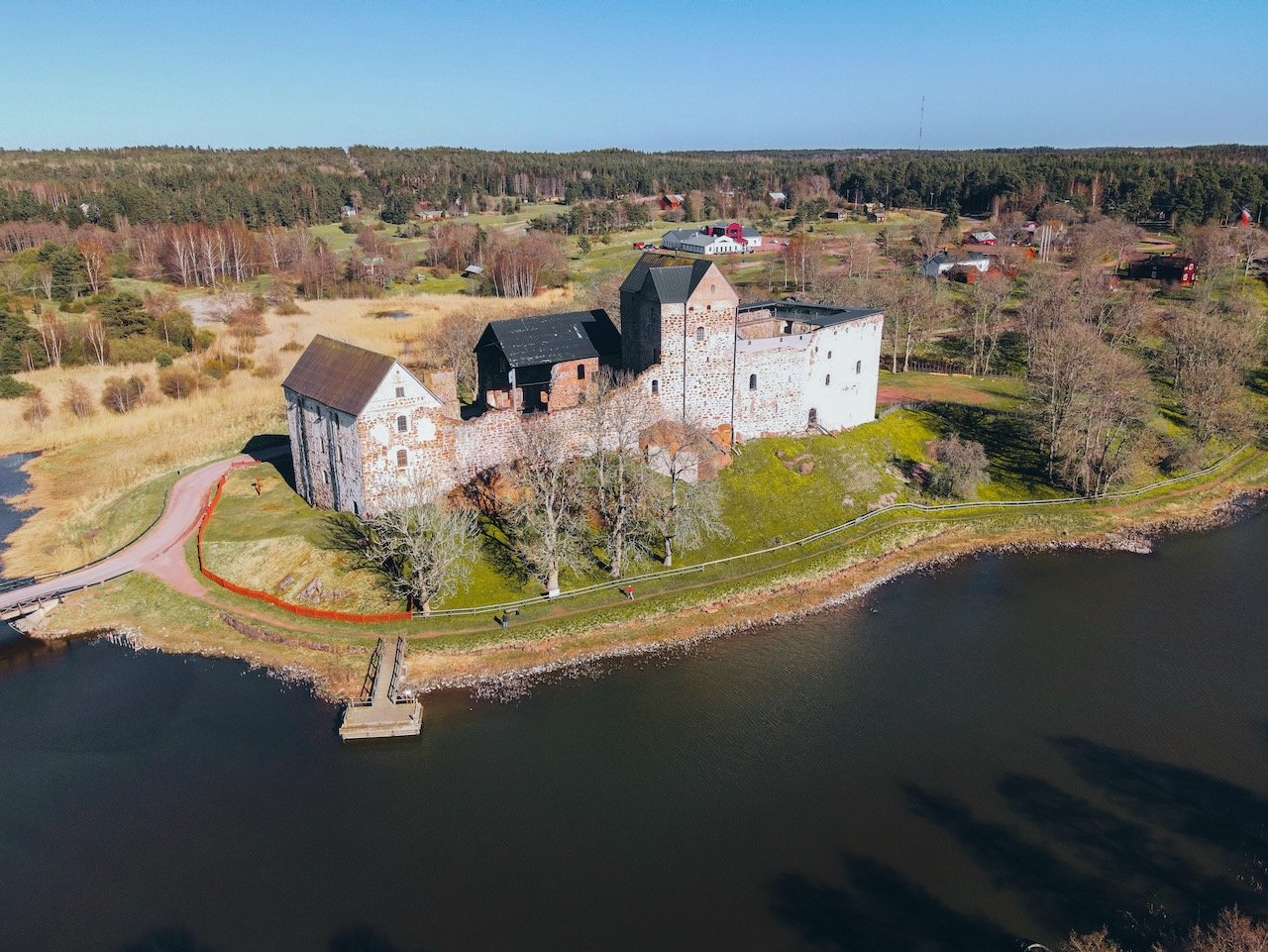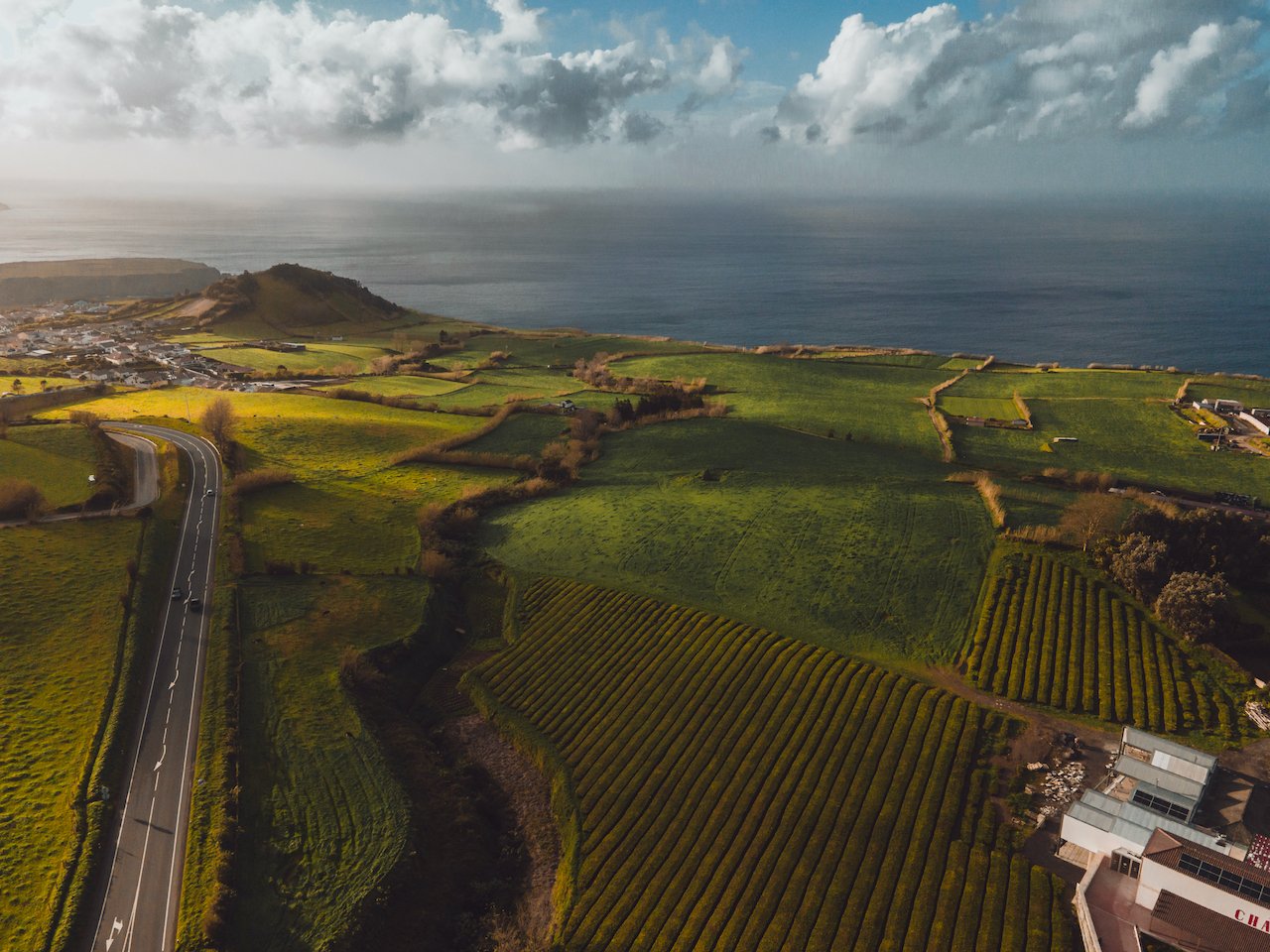TRAVEL BLOG
A Journey through the Amalfi Coast: Ravello
The town of Ravello is located on the Amalfi Coast on the Sorrentine Peninsula in Southern Italy. It was founded in the 5th Century as a shelter against barbarian incursions at the end of the Roman Empire. The town is nestled in the Amalfi Coast cliffside and has been a popular destination for artists. Its most popular attraction is certainly the historic Villa Cimbroni.
A Guide to the Italian Capital City of Rome
Rome is the capital city of Italy whose history spans over 28 centuries. The historical center of Rome is a UNESCO World Heritage site and its name comes from its founder, Romulus. Referred to as the 'City of Seven Hills', some notable attractions in Rome include the Colosseum, the Pantheon, Castel Sant'Angelo, the Trevi Fountain, Spanish Steps, and the Roman Forum.
Exploring the Irish capital city of Dublin
The city of Dublin has been inhabited since prehistoric times. Today, it is the capital of Ireland and is an Alpha minus Global city. My time here took me to the Guinness Brewery, the Jameson Distillery, as well as other landmarks like Temple Bar, Dublin Castle, Trinity Library, Phoenix Park, Grand Canal Square, and Christ Church and St. Patrick's Cathedrals.
Take a trip to Mariehamn and the Åland Islands
The Åland Islands are an autonomous region of Finland, located in the Baltic Sea. The capital city is Mariehamn and the official language is Swedish. The islands are perfect for hiking, sailing, and other outdoor activities and are easily reachable by ferry from Sweden. Notable places to visit include Kastelhomn Castle, Nåtö and Espholm Nature Reserves, and the city of Mariehamn.
A Weekend Trip to the Danish town of Aarhus
Aarhus is the 2nd largest city in Denmark whose origins date back to the 8th century. This city is full of history, green spaces, cafes, museums, and all around good vibes. I visited here in May and saw such cool places like the Aarhus Art Museum (ARos), Aarhus Cathedral, Our Lady Church, Aarhus Customs House, Marselisborg Beach and Castle, The Infinite Bridge, Mejlborg, and Mølleparken.
Why you should see the Sahara Desert in Merzouga, Morocco
The Sahara is the largest hot desert in the world comprising much of Northern Africa near the Mediterranean Sea. One of the best places to see it is in Morocco, specifically in the village of Merzouga. The village sits near the famous Erg Chebbi, a large area of sand dunes. Merzouga can be seen on a 2 day trip from either Fez or Marrakech.
Just a few reasons why you HAVE to see Chefchaouen in Morocco
Chefchaouen is located in the north of Morocco and is most known for its nearly entirely blue facade of its buildings. Initially founded as a military outpost, it is known as the 'Blue Pearl' of Morocco and its name roughly translates to 'look at the horns', referring to the two mountains on its perimeter. The highlight of the city is its medina, where the alleyways are too narrow for cars to pass.
Explore Essaouira on the Moroccan Coast
Essaouira is a port city on the western coast of Morocco. Originally called 'Mogador' until the 1960s, it is characterized as a late 18th century fortified town and therefore listed as a UNESCO World Heritage city. The abundance of blue fishing boats makes it quite obvious that this industry dominates the city. The abundant winds the city receives is perfect for windsurfing and kite surfing.
Taking a Walk Through Marrakech, Morocco
Marrakech is the fourth largest city in Morocco, situated west of the Atlas Mountains. The city was founded in 1070 and is called the "Red City" due to the red sandstone material used in the construction of its early buildings. The city is a UNESCO world heritage site and has plenty of great sites to check out such as Jemaa Al-Fna, Koutoubia Mosque, Souk Semmarine, Bab Agnaou, and Bahia Palace.
Madeira: One of Portugal's Most Beautiful Islands
Madeira is an autonomous zone owned by Portugal, situated off the coast of Morocco. Its population is nearly 250,000 with most situated in the city of Funchal. The entire zone is actually an archipelago, which also includes Porto Santo, the Desertas, and the Savage Islands. Great places to see include Ponta de São Lourenço, Pico do Arieiro, Ponta do Sol, Achadas da Cruz, Ponte Moniz, and Seixal.
What to see in Funchal on the island of Madeira
Funchal is the capital city of the autonomous zone of Madeira, owned by Portugal. With a population just north of 100,000, it is the 6th largest city in all of Portugal. Some great places to check out include the Funchal-Monte Teleférico, Forte de São Tiago, the Cristiano Ronaldo Museum, Jardim Quinta Magnólia, Palácio de São Lourenço, and Fuerte De Madeira.
A Trip to the Azores: A Summary
The Azores islands consist of 9 islands and are owned by Portugal. The islands of the Azores are Flores, Corvo, Graciosa, Terceira, São Jorge, Pico, Faial, São Miguel, and Santa Maria. Created by volcanic activity, they boast incredible geographical landscapes and biomes. Considered the "Hawaii of Europe", it is one of two autonomous zones of Portugal, the other being Madeira.
A Trip to the Azores: Madalena on Pico Island
Madalena is the largest city on the island of Pico, in the Azores (an autonomous region owned by Portugal). Mount Pico is the most recognizable backdrop that accompanies the city. It is home to 6000 inhabitants and sits on the Faial channel, just 7 kilometers away from Faial island. The city is small but exceptionally quaint and is worth seeing while being in this part of the Azores.
A Trip to the Azores: Horta on Faial Island
Horta is the largest city on the island of Faial in the Azores (an autonomous region owned by Portugal). It is home to 7000 inhabitants and sits on the Faial channel, just 7 kilometers away from Picol island. The city is known for being a usual stop for transatlantic voyages where all sailors are known to commemorate their journeys with murals presented on the Horta Pier.
A Trip to the Azores: Ponta Delgada on São Miguel Island
Ponta Delgada (meaning "Thin Cape") is the largest city in the Azores (an autonomous region owned by Portugal), situated on the island of São Miguel. It was established in 1450 and is essentially the heart of the Azores islands economically, politically, and socially. Some notable places to check out include Igreja Matriz de São Sebastião, Forte de São Brás, and Plantação de Ananás dos Açores.
A Trip to the Azores: Pico Island
Pico (Ilha Preta) is just one of the islands that make up the Azores Islands, formally owned by Portugal. Known as the "Black Island", it is one of three islands that make up the central Azores islands. Formed about 300,000 years ago, it is known for its volcanic history and its emerging wine industry. Places to check out include São Mateus, Madalena, Lajes do Pico, and Lagoa do Capitão.
A Trip to the Azores: Faial Island
Faial (Ilha Azul) is just one of the islands that make up the Azores Islands, formally owned by Portugal. Known as the "Blue Island", it is one of three islands that make up the central Azores islands. The island's geography is remarkable with notable sites to see such as the Caldeira do Cabeço Gordo, the Lighthouse of Ponta dos Capelinhos, and the town of Horta.
A Trip to the Azores: São Miguel Island
São Miguel (Ilha Verde) is just one of the islands that make up the Azores Islands, formally owned by Portugal. Known as the "Green Island", it is the largest and most populated island in the Azores . The geography and biome of the island make it an amazing place to visit. Great places to check out include Sete Cidades, Mosteiros, Povoação, Furnas, Vila Franca do Campo, and Ponta Delgada.


















